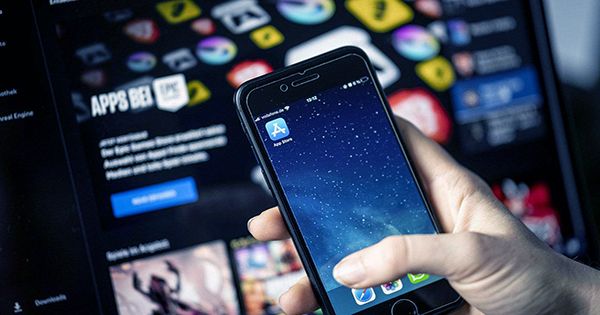Obviously, Twitch’s people have no problem spending time on his platform – even politicians can get huge crowds by streaming games.
However, monetizing video content is tough and Twitch has lost revenue targets over the past few years. So how can Twitch make money? And more importantly, what subtle psychology does it use in its iOS app to encourage viewers to spend more?
I’m a UX analyst and founder of the UX community’s Build for Mars – where I regularly pick up some of the best products in the world to show you how they’re made and more importantly how they can be improved. I recently published my analysis about Twitch. But for additional Crunch customers, I wanted to go a little deeper and bridge the gap between what Twitch does and how you can make meaningful changes to your product UX. Here are three UX tips to discuss during your next team zoom call.
In short: the anchor effect is a heuristic bias that allows people to be anchored to a piece of primary information. In short: the anchor effect is a heuristic bias that allows people to be anchored to a piece of primary information. On Twitch, when a new user subscribes to a channel for the first time, they are shown the benefits of subscribing and are then asked how long they want these benefits before showing the price.
I’m a UX analyst and the founding father of the UX Group’s Build for Mars – a place I often tear up among the best products on the planet, showing you how they made it and, more importantly, how they can be improved. I’ve been printing my Twitch related evaluation lately. But for additional Crunch customers, I need to go a little deeper and bridge the gap between what Twitch does and how someone can make significant adjustments to the UX of your product. So here are three UX tricks listed to focus on across your next crew zoom name.
Instantaneously: The anchor effect is a heuristic bias through which people will initially develop as data pieces (anchored). For example, spending $1000 on an iPhone may not appear to be a bad deal if you first notice an ad for $1,500 – it seems relatively “cheap.” On Twitch, when a new person subscribes to a channel for the initial time, they are proven to have the benefit of subscribing, and then request how long they need these benefits before the eligibility is proven.
















